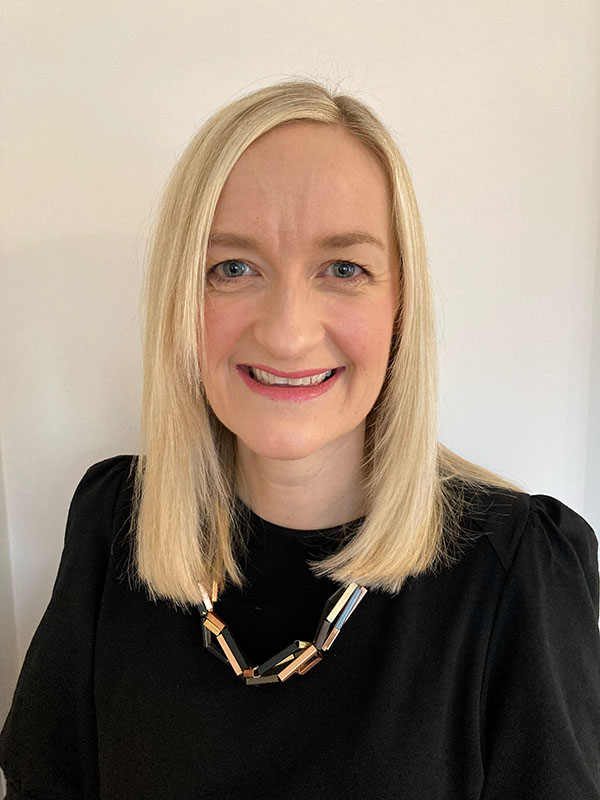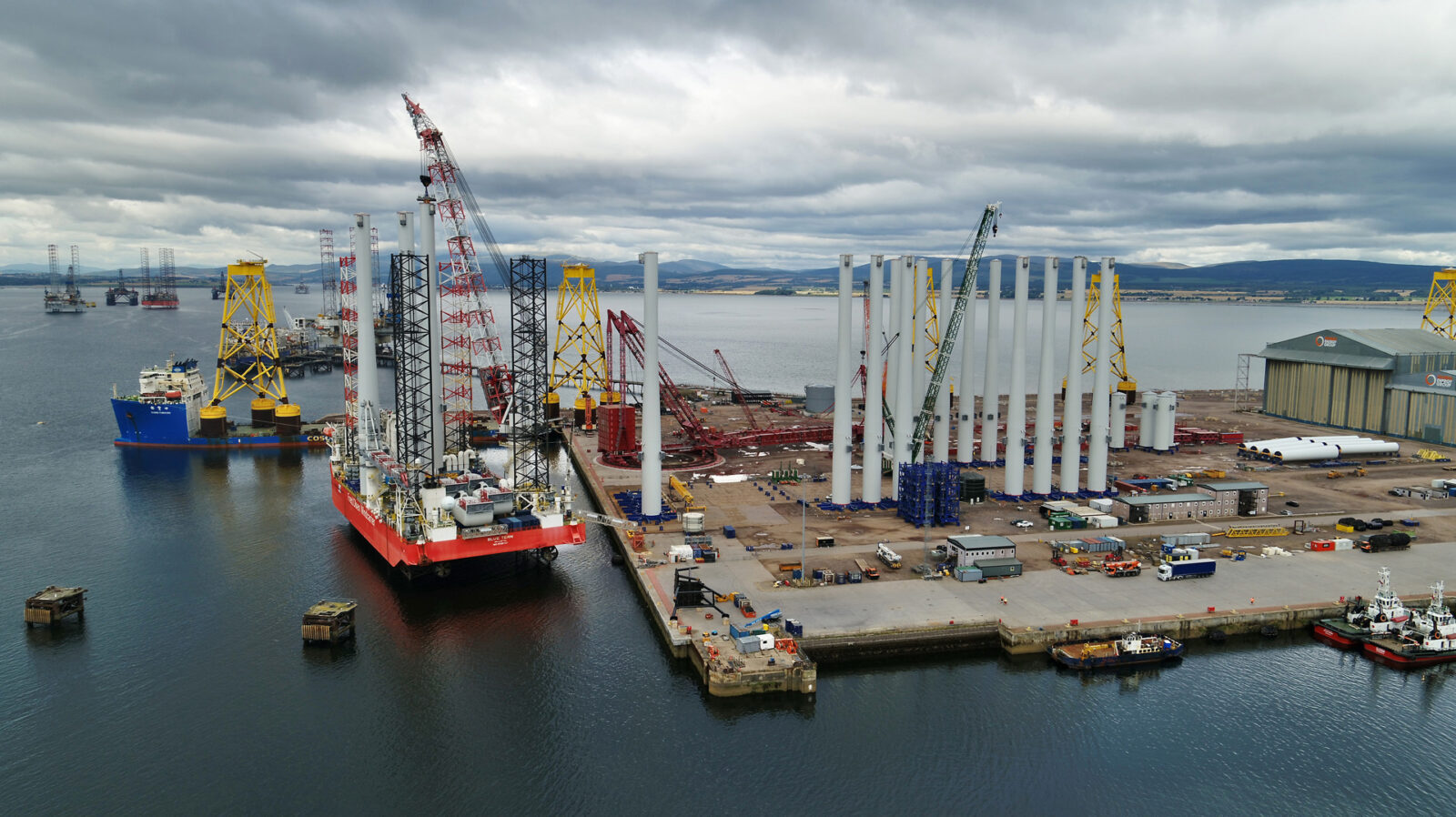One of only four women in her university class, Sarah Graham, Head of Engineering for Caledonia, is now part of a project leadership team with gender parity.
To mark International Women’s Day, we caught up with Sarah to learn about her route into offshore wind, her experience as a woman in the energy industry and her thoughts on how we can create the engineering capacity needed to achieve ambitious offshore wind targets.
Tell us about your career so far

My journey into offshore wind began in my early years. Primary school projects on farming and animal rights led to a passion for animal welfare which, later in life, sparked an interest in the challenges facing us around climate change.
During my electrical and electronic engineering degree at the University of Edinburgh, I realised I wanted to work in renewable energy. So, when I graduated in 2001, I completed a PhD and produced a thesis focused on wave and tidal energy.
After completing my thesis, I joined an engineering and environmental consultancy where I worked on renewable energy projects, primarily in onshore wind. I started to focus on the grid connection of onshore wind farms – assessing the options for connecting potential wind farms and managing connection agreements with the system operator.
Since then, I’ve worked on the construction of various offshore wind farms, including Moray East where I had the role of Transmission Infrastructure Package Manager. In 2021, I was promoted to Head of Construction for the project where I managed final commissioning of the wind farm, close out of construction activities and handover to commercial operations in April 2022. It was a great experience to work on the same project from concept design through to commercial operation.
What do you enjoy most about your current role?
As Head of Engineering, I’m responsible for all engineering and technical matters in the development of Caledonia, including the transmission infrastructure to connect the project to the onshore electricity network.
I work closely with the Head of Development to make sure the engineering team provides the engineering input needed to support the environmental impact assessment. This will help us to secure the permits and licenses needed for construction.
I’m excited by the opportunity to build and develop the engineering team this year. We’re looking to double the size of the team and recruit some junior engineers to mentor during the development phase of the project – providing them with the necessary skills to take on key roles in delivery and construction.
What excites you about being part of the team leading Caledonia?
I’m excited to bring together our knowledge and experience from Moray East and Moray West to deliver Caledonia quickly and effectively. It’s rewarding to lead a team of committed and hardworking colleagues – some of whom I’ve worked with for many years and others who have joined us more recently. This allows us to capture lessons learned while also bringing new ideas to the table.
How has the engineering approach at Ocean Winds changed throughout its projects?
Moray East was our first project in Scotland, meaning we developed an engineering approach from scratch using the knowledge of our experienced team. Now that Ocean Winds is successfully delivering a pipeline of projects in the region, it’s enabled certain engineering activities and procedures to be standardised, allowing Caledonia to be more cost and time effective.
Does the UK have the engineering capacity needed to reach offshore wind targets?
The main challenge in engineering, and offshore wind in general, is resource. Currently, there’s limited resource amongst offshore wind developers in the UK, which will have an impact on project delivery. On top of this, the onshore transmission network owners will struggle to secure the necessary engineering capacity to complete the network reinforcements required to deliver green electricity.
Green skills development to create new talent and help existing energy personnel transition into offshore wind will be vital to build the teams needed to reach the government’s targets.
It’s International Women’s Day. How have you found your career as a woman in the energy industry so far?
I was one of four women in my class at university, so I quickly became used to being the only woman in the room – a trend which continued through my early career. In more recent years, I’ve been pleased to find myself in meetings with a more balanced gender mix. Working on Caledonia, I’m part of a project management team that is 50% women!
I’ve used my position to make my own contributions to gender equality in the industry. For example, requiring contractors at a construction site to provide both male and female toilets, intervening to make safety rules gender neutral, and requesting recruitment consultants actively seek female candidates for vacancies.
What can be done to encourage more women and girls to consider a renewable energy career?
An engineer is often misinterpreted as someone working on a construction site or fixing boilers. We need to showcase the diverse range of jobs a career in engineering can involve.
My five-year-old daughter knows that I help build wind turbines so that overhead lines can carry the electricity to our house to power our TV and charge our iPads. We need this knowledge to reach the next generation more widely to encourage them into the industry.
What advice would you give to those starting their career in offshore wind?
Embrace every opportunity. There are so many interfaces in an offshore wind project, there is always something interesting to learn and chances to work in different roles. Try as much as you can to expand your knowledge and decide where you want to contribute to the industry long-term.

